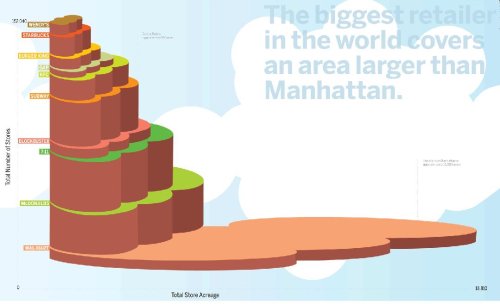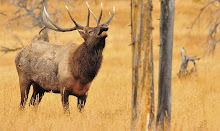
We have long been sensitive to the fact that one of the occupational hazards of teaching English is the regular and inexorable accumulation of books -- book creep, as it were. They gradually fill bookshelves, first in neat orderly rows, then stacked on top of those books in their neat orderly rows, and then in front of them. They fight with magazines for space on coffee tables, cluster by reading chairs, and make themselves at home on the dining room table. Cookbooks cluster in odd corners in the kitchen, wearing with pride assorted splatters and stains. Paperbacks sneak into the bedrooms, pile up on bed stands and hide under the bed. Eventually it all becomes too much, and every year or so a general roundup is conducted, followed by a brutal Darwinian culling. The rejects are boxed up and hauled off for the library fund raising sale.
Intellectually we've always realized that that not everyone suffers from book infestation, but still it came as something of a surprise to discover that there is a service for people with the opposite problem--empty space which needs to be filled with books.
For those poor souls, there is the
The Strand Bookstore in New York, which offers a wonderful service entitled
Books by the Foot. The Strand, which advertises it has over 18 miles of books, will happily sell you a few feet or yards -- whatever your need. The image above is from their Antique Leather collection -- "Beautiful antique leather books with gold tooling, mostly 19th Century books in good condition" -- for a mere $400 a foot.
If you are more concerned with genre than binding, books become more affordable. A foot of biographies (mostly historical, but with some modern) runs $150 a foot. Perhaps as a sign of the times, fiction is only $30 a foot. Books are also available by subject matter.
The 1 October 2007 issue of
The New Yorker has a piece entitled "
Books in Bulk." It turns out this is quite a useful service for the film industry, as well as the occasional home which needs a library with a lived in look. (The 4 Nov. 2003
New York Times also has a nice article on Strand owner Nancy Bass entitled
"Those Books Look Good? Imagine Reading Them.")
The Strand is not the only bookstore to offer this service.
Kenny's, in Ireland, can provide "A selection of finely bound antiquarian leather bindings with gilt spines and leather labels" for 1,200 euros per foot." For the more modest budget,
Wonderbooks offers cloth books starting at $9.99 a foot.
Actually, we are rather glad we don't live near The Strand. It would probably be too tempting to stop in every now and then and pick up a foot or two of fiction.


























 ms.dsk is reading
ms.dsk is reading  Rob Koelling is reading
Rob Koelling is reading  S. Renee Dechert is reading
S. Renee Dechert is reading  Mary Ellen Ibarra-Robinson is reading
Mary Ellen Ibarra-Robinson is reading  Bill Hoagland is reading
Bill Hoagland is reading  Jennifer Sheridan is reading
Jennifer Sheridan is reading  Robyn Glasscock is reading poetry by
Robyn Glasscock is reading poetry by  Susan Watkins is reading
Susan Watkins is reading